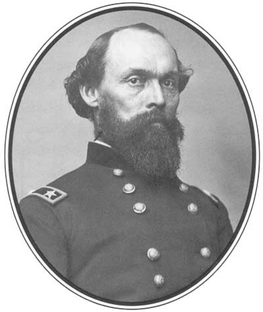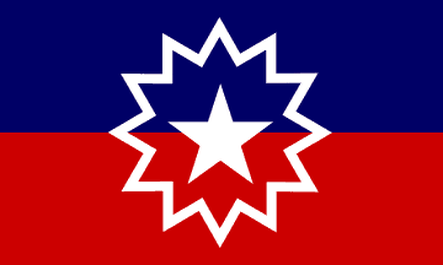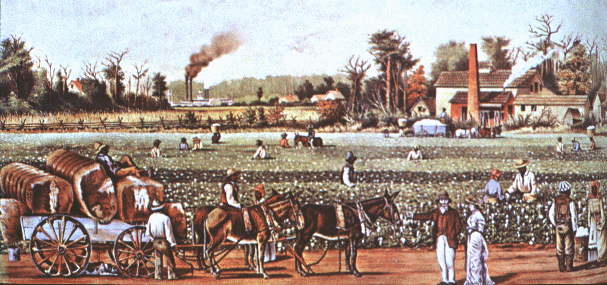|
By Azalia Rosas Slave trading began with the Portuguese; it then spread, eventually reaching the New World. Those of us raised in the US will probably know this and will have studied it practically every year for most of our pre-collegiate education. The Caribbean and South America received over 90 percent of those who survived the Middle Passage. Although what is now the US only received 6 percent of all kidnapped Africans who were brought to the Americas, a quarter of all Africans in the New World were in US plantations by 1825. Men, women, and children worked. Raised like livestock, they worked to the bone and even after that. This is a dark time in US history; and then, Abraham Lincoln.  General Gordon Granger officially freed 10 slaves with General Order Number 3. General Gordon Granger officially freed 10 slaves with General Order Number 3. The Emancipation Proclamation of 1863 declared all of the slaves in seceded states free. It freed slaves! Unfortunately, it only did so in those seceded states. Although it did not end slavery in the US, Lincoln’s Proclamation allowed a great step towards total abolition. It even allowed freed slaves to fight for the Union against the Confederates, thereby freeing more slaves. Many slaves left the plantations they were on and just as many stayed, not knowing where else to go. In Texas, slavery did not end until two years later in 1865. There are many ideas as to why the delay occurred, but one thing known for sure is that there was a grand celebration in honor of the newly freed citizens. The arrival of General Gordon Granger of Galveston, Texas in 1865 ended slavery with “General Order Number 3,” it stated that President Lincoln's Proclamation had freed the slaves and granted them status of free citizens with equal rights and the right to property. It also stated that the connection between masters and slaves had become that between “employer and free laborer.”  Juneteenth Flag symbolizes a new freedom and a new people. Juneteenth Flag symbolizes a new freedom and a new people. General Granger’s order shocked many slaves, while others immediately celebrated. June 19th came to be known as Juneteenth Day, the day all of the slaves in the United States were freed. Juneteenth Day is also known as Black Independence Day; it is the commemoration of the end of slavery in the United States. The first celebration was held in Galveston, Texas; which is holding a 9 day event in honor of the 150th anniversary of Juneteenth Day this year. Texas became the first to recognize Juneteenth Day as a statewide holiday in 1980. Since then, Oklahoma has joined in the festivities. The tradition that is Juneteenth Day has been passed down amongst the descendants of the slaves who lived to experience the first celebrations. It began as a day for “education and self-improvement,” guest speakers were invited, prayers were held, and the elders were “called upon” to narrate the past. Juneteenth is still characterized by these traditions, including “strawberry soda pop” and barbecues which are considered the centerpiece of the celebration. Join in the Festivities! This year there are many Juneteenth celebrations worldwide. There’s even one here in KSM’s hometown of Milwaukee, Wisconsin. Resources“Juneteenth: World Wide Celebration”. http://www.juneteenth.com
Green, Treye. “What Is Juneteenth? 12 Facts About the History of Black Independence Day”. http://www.ibtimes.com/what-juneteenth-12-facts-about-history-black-independence-day-1606326 Taylor, Dr. Charles. “The Black Church and Juneteenth”. http://www.njclc.com/njclchistory.html “The Emancipation Proclamation”. National Archives and Records Administration. http://www.archives.gov/exhibits/featured_documents/emancipation_proclamation/ Mintz, Steve. “Facts about the Slave Trade and Slavery”. The Gilder Lehrman Institute of American History. http://www.gilderlehrman.org/history-by-era/slavery-and-anti-slavery/resources/facts-about-slave-trade-and-slavery “Types of US Plantations”. http://people.uwec.edu/ivogeler/w188/planta1.htm Civil War Series: “The Battles of Chickamauga”. http://www.nps.gov/parkhistory/online_books/civil_war_series/10/sec2.htm Coutanche, André. http://www.crwflags.com/fotw/flags/us_june.html
1 Comment
|
Archives
May 2020
|



